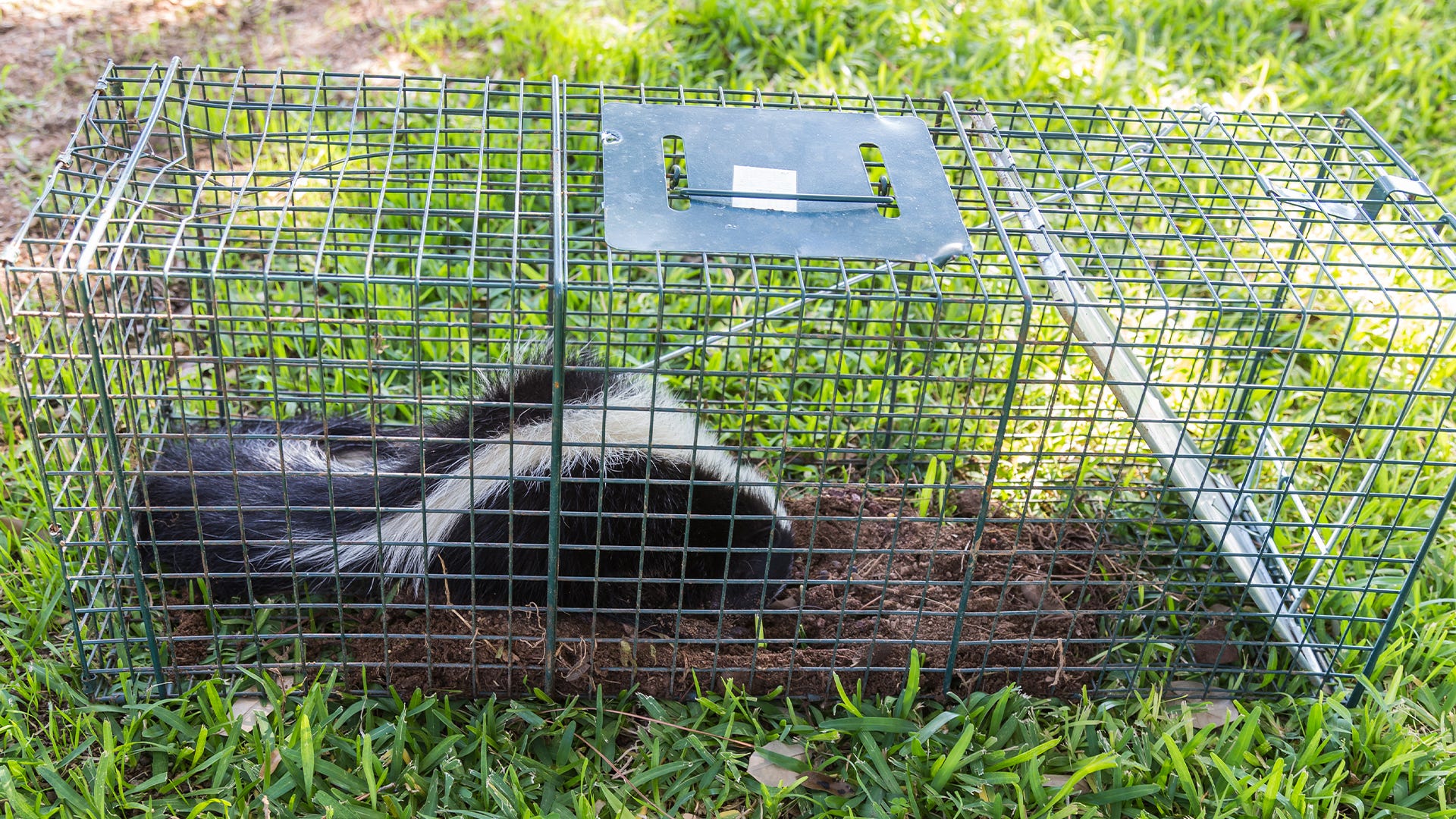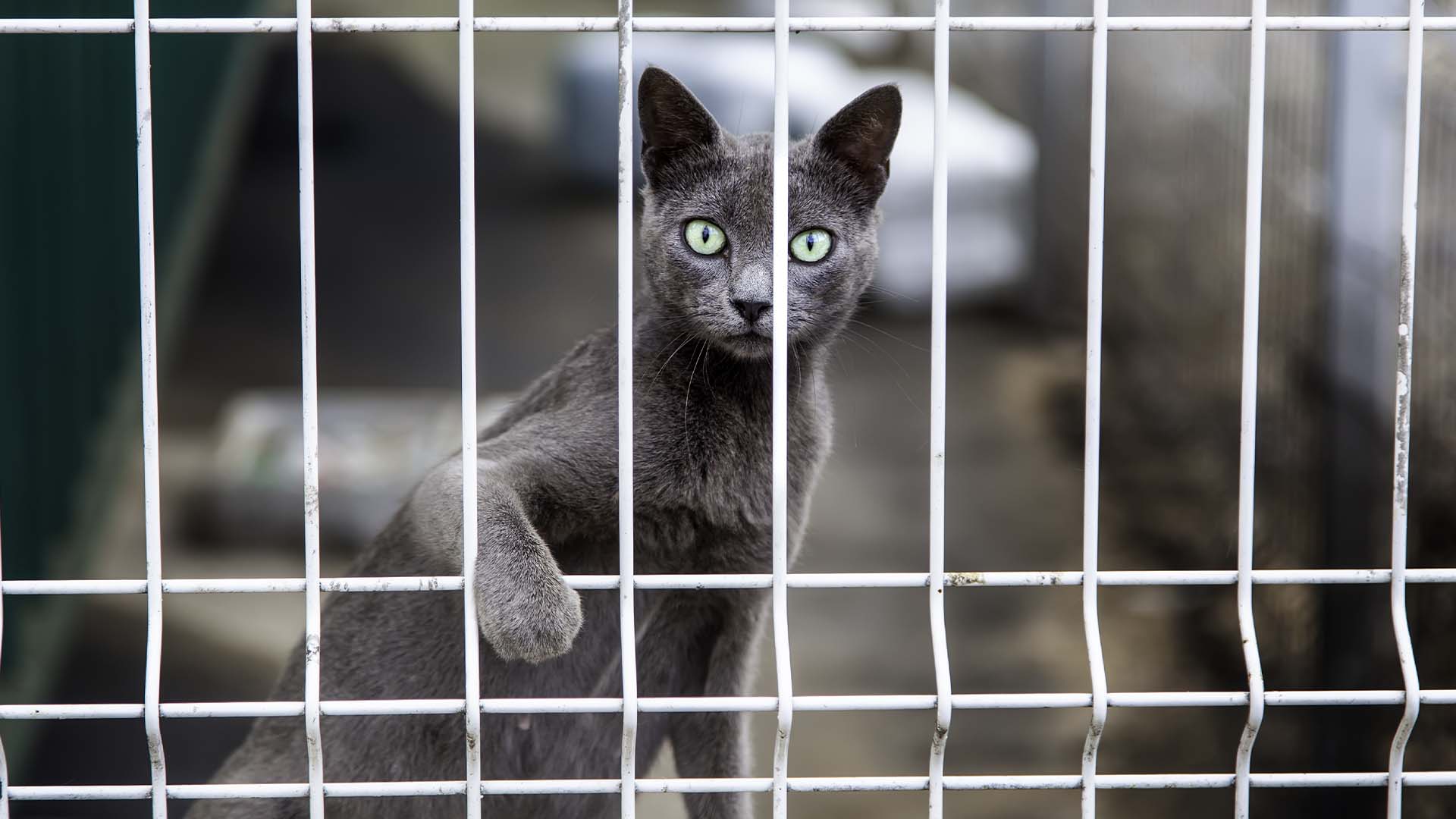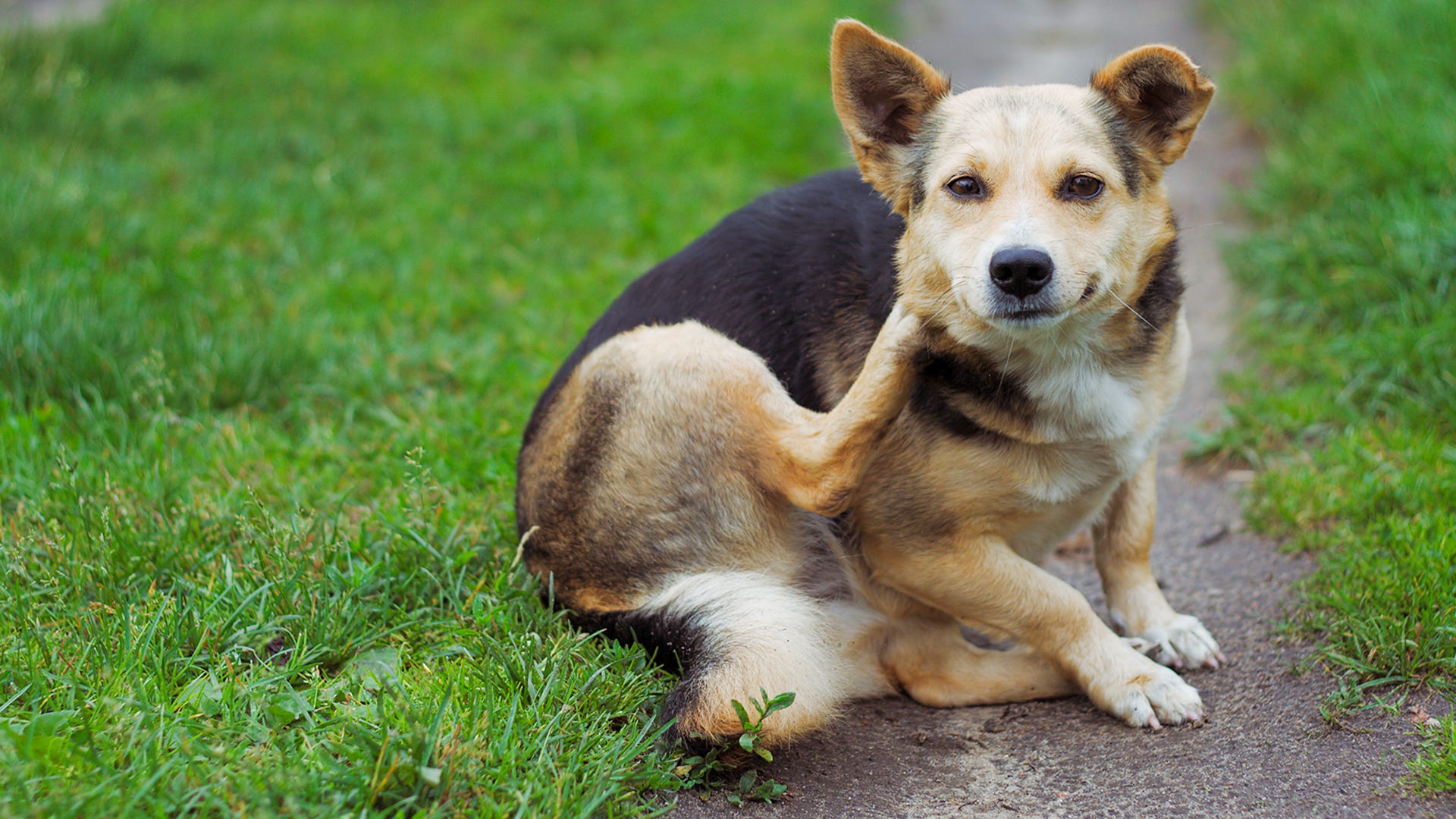I grew up in the Midwest with a lot of land and space around me. I remember sitting outside on summer evenings with my Grandparents as we watched a Momma skunk walk along the edge of pond in the field nearby. She walked grandly with her nose in the air and her striped tail pointing to the sky. Behind her walked several baby skunks following in a straight line. We didn’t bother the skunks and they stayed away from us as there was plenty of space for us all, so there was no need to know how to get rid of skunks by using products such as the Havahart® Feral Cat Rescue Kit.
Space is an issue if you live in a subdivision bordered by a stretch of woods or if the pond is a shallow pool right off your back deck. Up close, skunks aren’t much fun. Thanks to environmentally friendly companies like Havahartthere is no need to harm wildlife in order to reclaim your space.
How to Relocate a Skunk
If a skunk has been coming too close for comfort, it’s possible to relocate them in a way that will prevent an accidental encounter that will frighten the skunk and leave you with burning eyes and an odor even a Mother couldn’t love. However, before relocating a skunk, be sure to check with the local game commission or humane society chapter in your area for laws regarding the trapping and releasing of wild animals.
Skunks are nocturnal and emerge from their dens at dusk. They do travel as much as a mile a night but seldom venture more than four miles from their den. You can use skunk repellent to get rid of skunks and keep them off your property, but if they continue to cause damage, relocating a problem skunk is quite easy as these are not territorial creatures. The Havahart Feral Cat Rescue Kit is perfect for skunk trapping and getting rid of skunks because it has a cover that will keep any spray released by an angry skunk from spreading too far.
Using this trap is how to get rid of skunks. The trap is made with a spring loaded door and the rear door can be opened for release. This is a sturdy trap designed to last for years with smooth edges that avoid harming any animal in the trap. Tips on bait to use for various species of wildlife help you find the right treat to lure your skunk into the trap.
Getting Rid of Skunks After Trapping
After trapping the skunk (and keeping the cover on, of course) you can transport the animal to a wooded area that is farther removed from homes, pets and playing children. When you trap and move a skunk you need to know a little about breeding habits. Skunks breed in February (striped) or April (spotted) and have a gestation period of about 60 days. Until babies are about six weeks old they are left in the den while adult skunks search for food.
The Best Time for Trapping and Getting Rid of Skunks
For striped skunks it’s best not to place traps from March till July and for spotted skunks avoid May through mid-August if possible. This avoids the problem of trapping a Mother skunk while babies are left to starve in a den. If the problem is a solitary skunk nosing around in late winter or very early spring, chances are the culprit is a male who may have traveled quite a distance just looking for love. Use Havahart traps as a humane way to get rid of skunks and protect your family and pets from noxious skunk spray without harming wildlife.
Image: Charles & Clint




